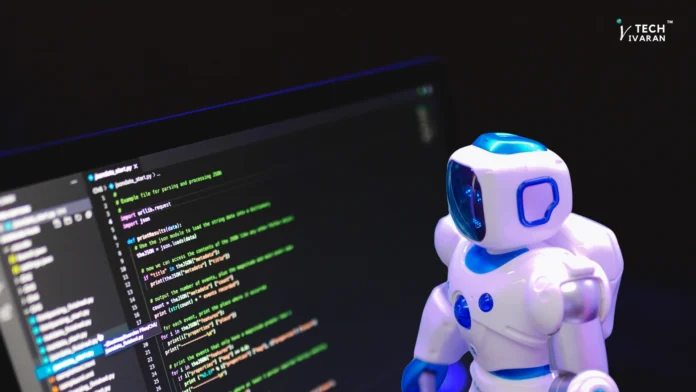AI agents are computer programs created to act independently in a given environment to accomplish predetermined objectives. They have the same ability as humans to perceive inputs, make decisions, and act, but they are faster, more accurate, and have the capacity to learn.
Key characteristics:
- Autonomous behavior: Functions without continual guidance from humans
- Design that is goal-oriented: concentrates on results
- Data-driven decision-making: Utilizes historical data to learn and adjust
- Responsive actions: Responds to environmental changes
Where Are AI Agents Used?
AI agents are already powering:
- Virtual Assistants ( Siri, Alexa ): They understand voice commands and perform tasks.
- Customer Chatbots: Handle customer support, FAQs reducing human interference.
- AI Writing Assistants (Grammarly, ChatGPT): Generate, rewrite and Polish content.
- Finance Trading Bots: It executes high speed stock trades based on market trends.
- Recommendation Systems (Netflix, Amazon): Provides personalized recommendations and suggestions using user behavior.
How to Create an AI Agent?
Here’s a quick guide for creating an AI agent:
Step 1. Define the Goal
- Choose the tasks that the AI agent should perform.
- Example : A sales AI agent to manage tasks, set up meetings, or respond to frequently asked questions.
Step 2. Build the Environment
Choose a platform where the agent should operate:
- Chatbot (Slack, Whatsapp, Website).
- Mobile/Web App (Custom Interface).
- APIs (Integrate with tools like Google Calendar, CRM systems).
Step 3. Integrate Intelligence
Use AI frameworks and tools to integrate intelligence:
- Natural Language Understanding (NLP): For text/voice interactions (e.g., OpenAI, GPT-4).
- ML Models: To train on past data and get better improved decisions (e.g., TensorFlow, PyTorch).
- Rules and Logic: Define decision making frameworks (e.g., “If user ask for refund, check for related policies first”).
Step 4. Use APIs and Tools
For automation and knowledge retrieval, contemporary agents frequently make use of APIs from:
- OpenAI API (for NLP tasks).
- Auto-GPT (for self prompting AI agents).
- LangChain (for autonomous agent workflows).
Step 5. Deploy and Monitor
- Launch the agent in the test environment.
- keep an eye on how it performs (e.g., Response accuracy, user satisfaction).
- Use feedback to improve efficiency and behavior.
Advanced Use: Autonomous AI Agents
These agents of the future can:
- Create content.
- Examine the data
- Prepare your course of action.
- Set off additional tools (automation, emails, and posts)
Auto-GPT, AgentGPT, and custom agents created with LangChain and OpenAI are a few examples.
Why Are AI Agents Important?
Artificial intelligence agents:
- Increase productivity
- Cut down on the amount of manual labor
- Enhance the user experience
- Provide round-the-clock assistance
- Automate routine tasks.
They are changing the way users and businesses engage with digital systems.
Conclusion
AI agents are already revolutionizing industries; they are no longer just science fiction. Knowing how they operate can lead to automation, creativity, and more intelligent workflows, regardless of your background as a developer, founder, or enthusiast.






